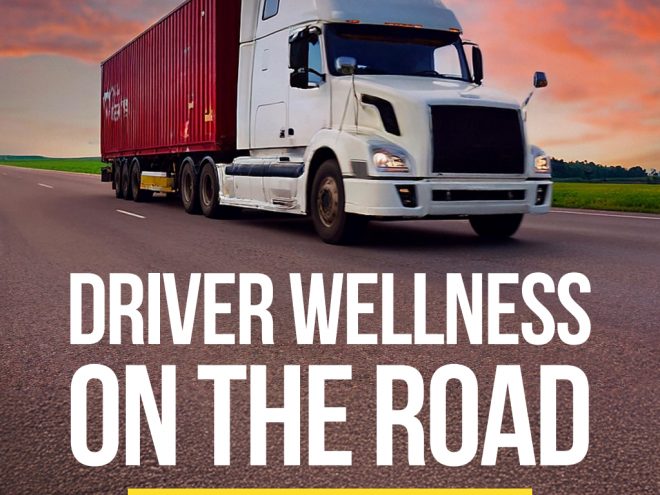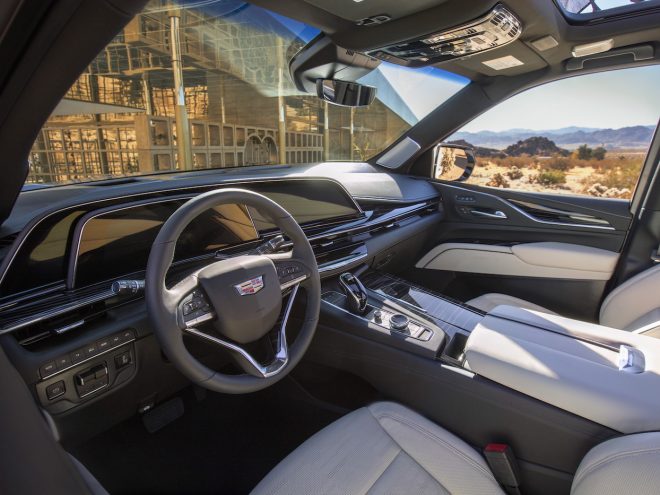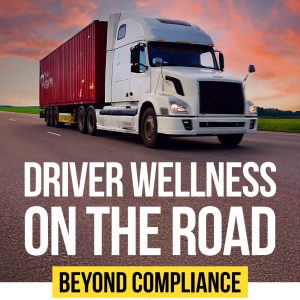
3 Steps To Take After Being Involved In A Hit & Run
A car accident is traumatic no matter how you slice it, even hearing about one on the news you had absolutely no involvement in can turn your stomach. But at the same time, when an issue happens and if everyone is okay, we at least expect people to be accommodating, to come together, apologize, exchange information, and let the financial chips fall where they’re supposed to.
However, that doesn’t always happen. Some people can’t accept they were responsible for a road collision, don’t want to claim the responsibility for it, or perhaps aren’t in their right mind when experiencing one. If they cause an issue and then drive off, that’s generally considered a hit-and-run, no matter if they hit your vehicle, a pedestrian, or anyone else.
It can be infuriating to experience that for obvious reasons. But you do have some recourse. After you’ve ensured your own safety and the safety of those around you, we recommend using the following steps:
Contact The Police
Police need to know about hit-and-run accidents immediately because the longer you wait, the harder it becomes to track down whoever left the scene, and there’s no promise they won’t hit someone else five minutes later. They’ll also create an official report, which becomes incredibly important for your insurance claim and any legal action you might take later.
Don’t worry about whether the damage seems minor or if you think you might be overreacting. Hit-and-run is a serious offense, and police take these cases seriously too. Of cousre, they have resources you don’t have access to, like traffic cameras, witness databases, and connections with local businesses that might have security footage as well. Getting them involved right away gives you the best chance of bringing the other driver to account. Even if not, don’t forget the police report also serves as official documentation that this wasn’t your fault, which helps when you’re seeking compensation after a car accident.
Talk To Witnesses & Local Businesses
Look around and see who might have witnessed what happened. Other drivers, pedestrians, people coming out of nearby stores or restaurants could all have valuable information, and ask for their contact details if they’re willing to share them, and ask what they saw. Sometimes witnesses notice details you missed in the chaos, like part of a license plate number or the make and model of the car that hit you.
Local businesses are goldmines for this kind of information too, because many shops, like fuel stations and restaurants have security cameras pointed toward the street or their parking areas. The footage might have captured the accident or at least the vehicle involved. You can refer them to the police officer assigned to you if needed.
Be Clear About Your Experience
Write down everything you remember as soon as possible, while the details are still fresh in your mind. What time did it happen? What was the weather like? Which direction were both cars traveling? Did you hear screeching brakes or see the other driver’s face? All of these details matter when you need to be consistent if it ever goes to court.
Take photos of everything too, including your car damage, the accident scene, any skid marks on the road, nearby street signs or landmarks. Your phone probably has a timestamp feature, so these photos become part of your official record. Don’t try to move your car until police arrive unless it’s blocking traffic and creating a safety hazard too, because it could impact their record that proves what you say.
With this advice, we believe you’ll be more than capable of moving past a hit and run, as hard as that can be to say..









